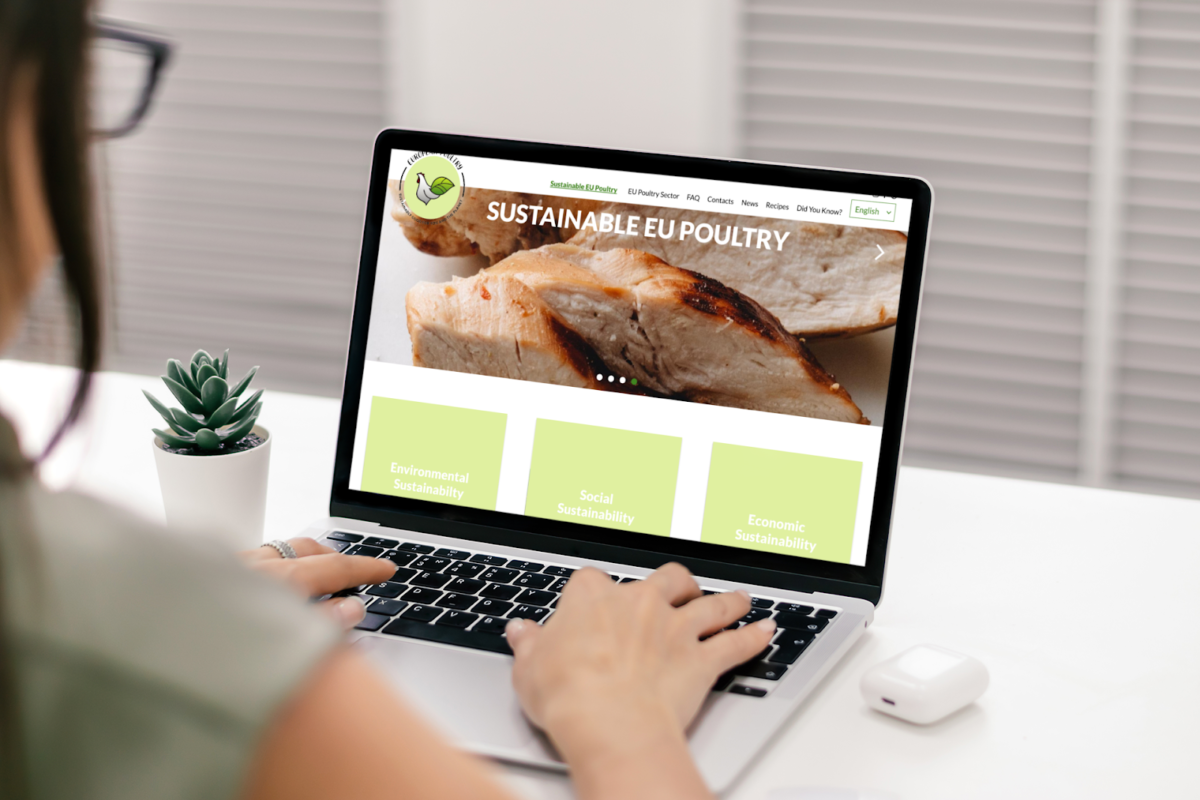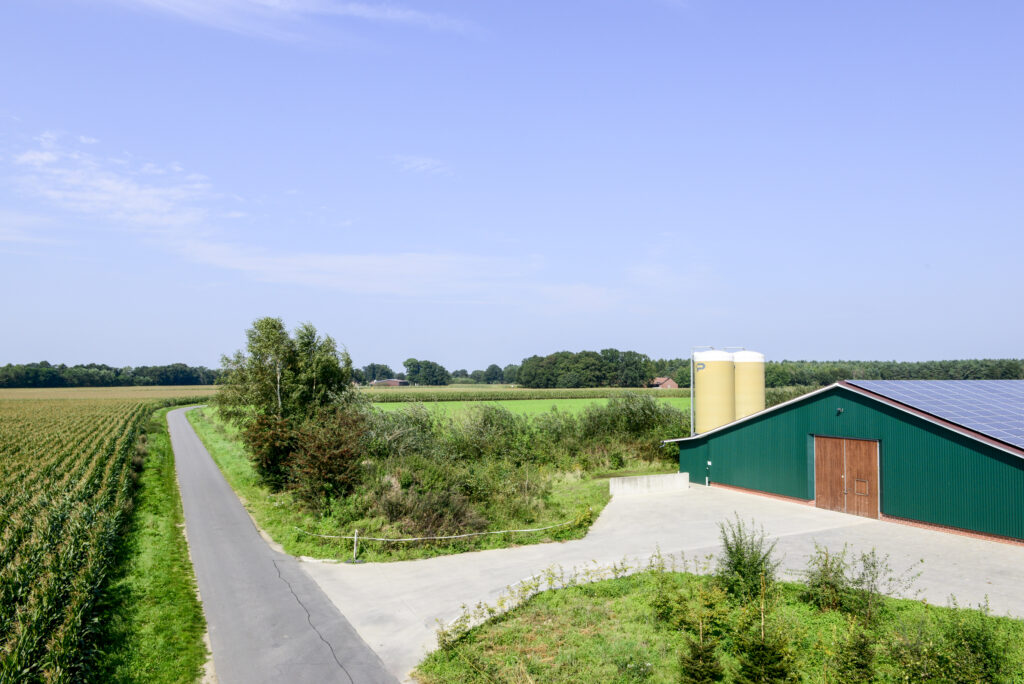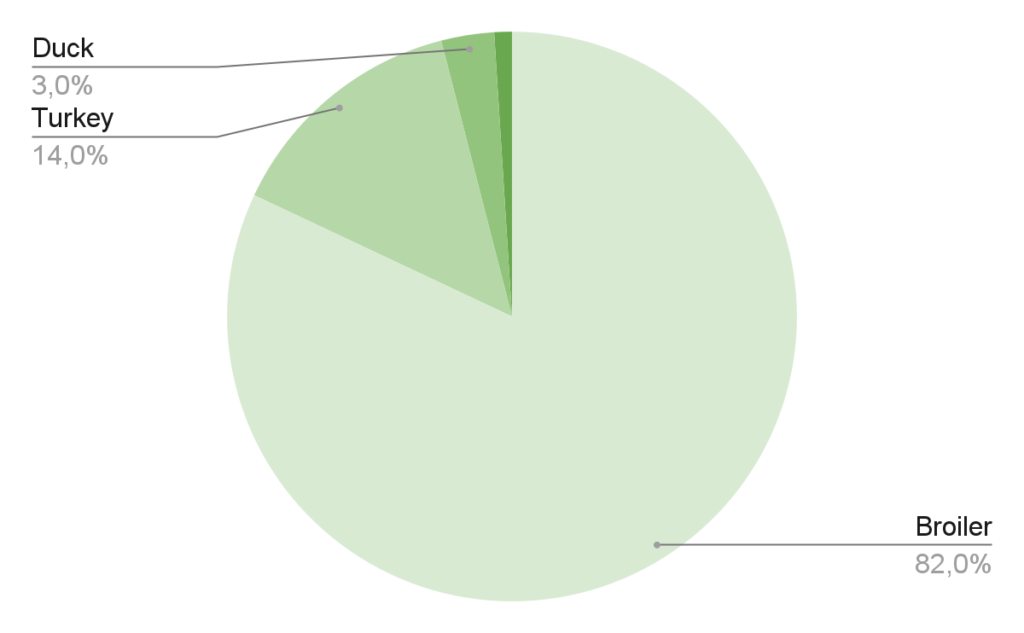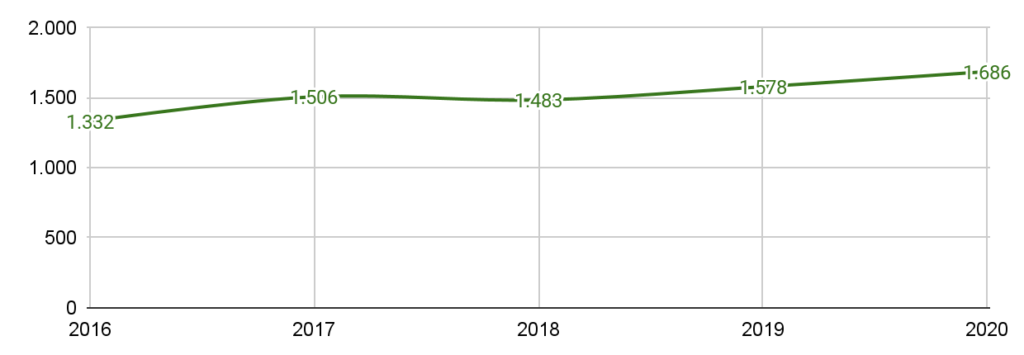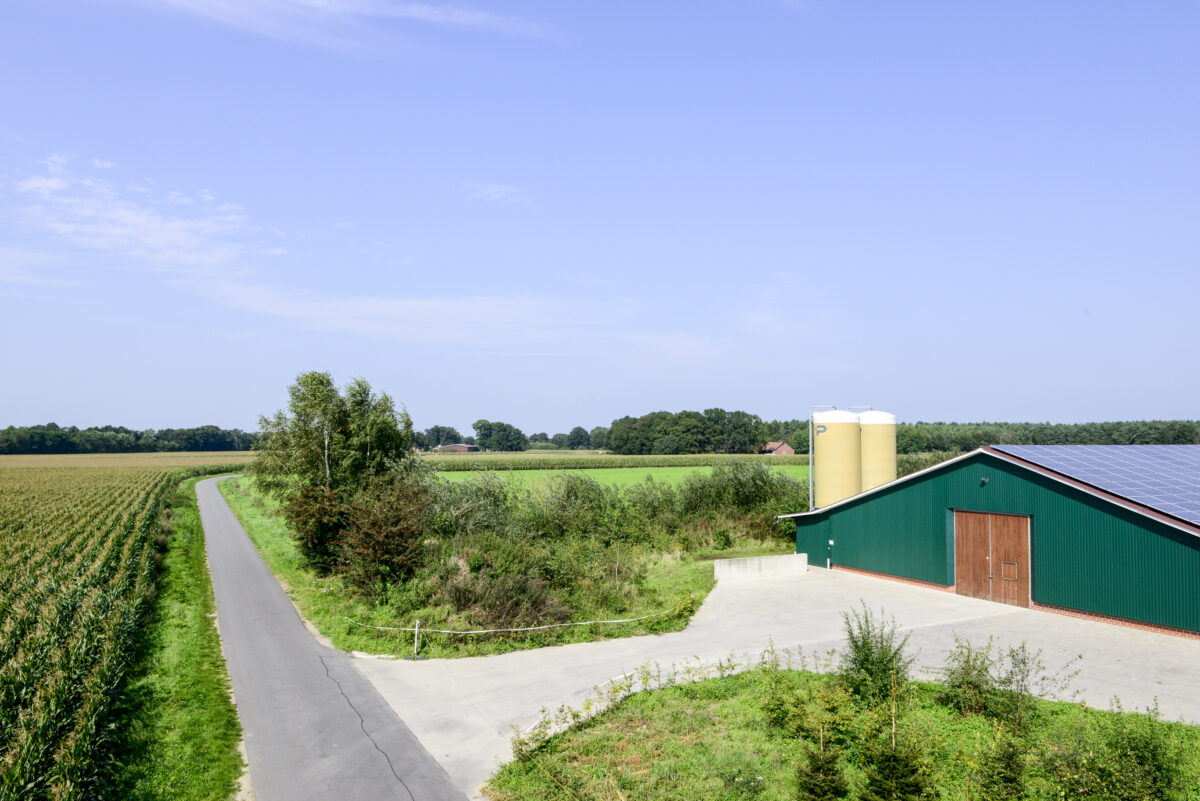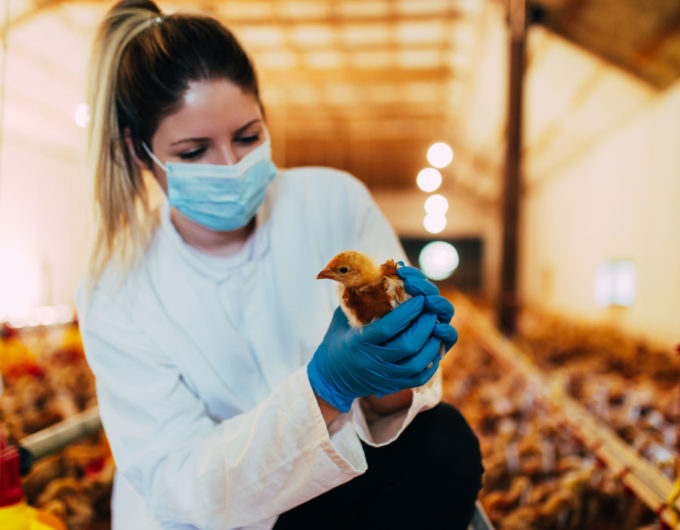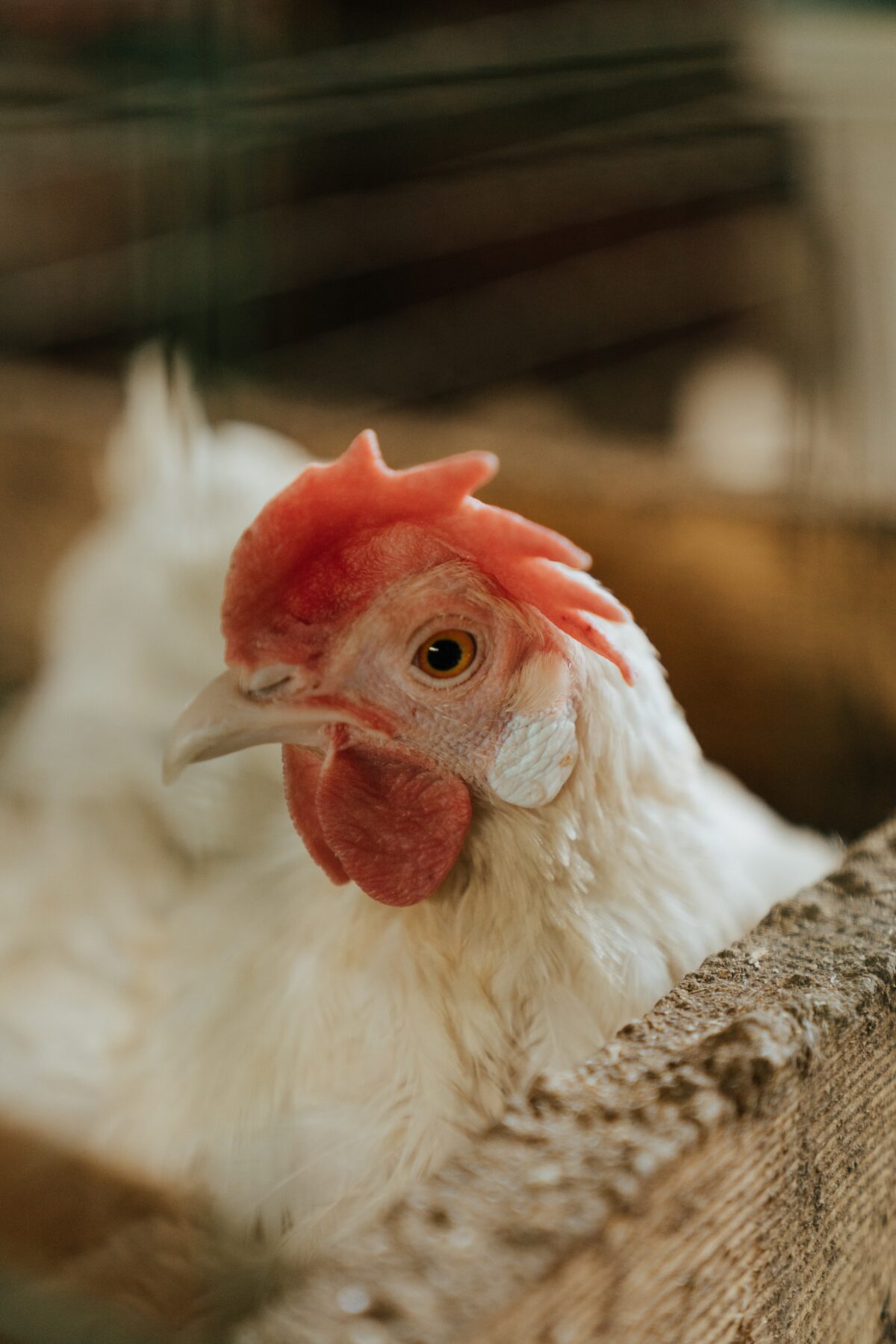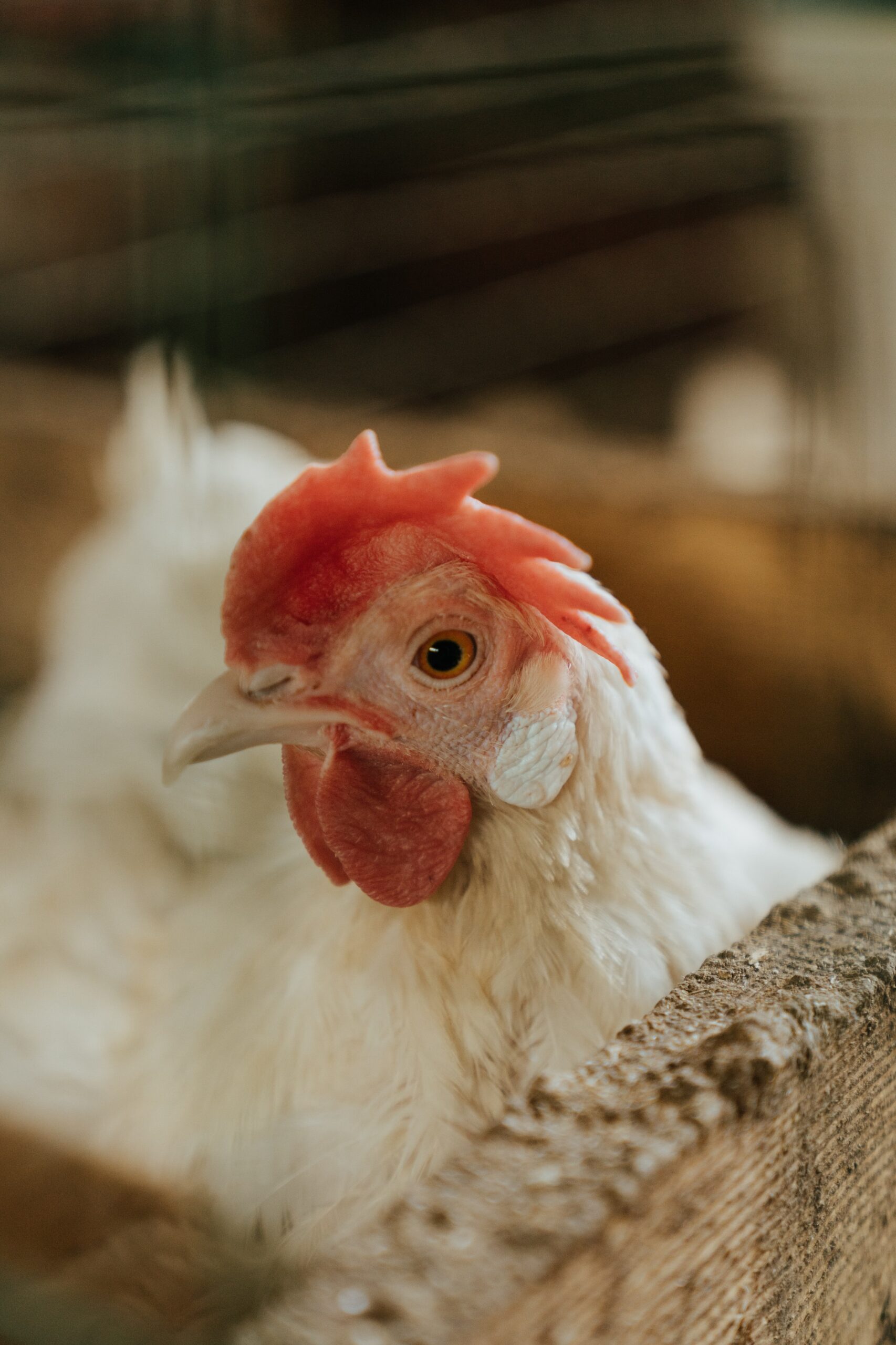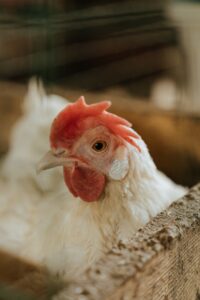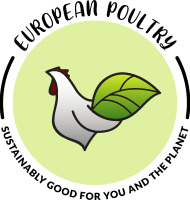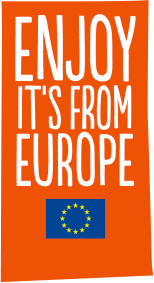What European poultry can do (and does) to help employment in rural areas
The European poultry sector is continuously aiming to help employment growth in rural areas, by creating jobs in locations at risk of depopulation in the European Union and securing employment and a better living for the farmers.
Direct employment in the European poultry sector
Did you know that around 370.000 people in the European Union are currently making a direct living from the poultry sector? That’s more than the entire Iceland population!
All alongside the production chain, from breeding to processing, around 370.000 are proud to be part of this sustainable sector.
Working in the European poultry sector, in fact, means passion, care and family business. As key elements of the sector, poultry meat is produced in the EU in more than 25.000 family farms and companies, the work of the sector involves professionals of several branches along the production chain engineers, transport crew, veterinarians, in order to keep up with the latest improvements of the sector and the needs of the animals, as well as the needs of end consumers (with the works of butchers, retailers and chefs).
But employment in the poultry sectors is not only limited to the farming and processing activities. One of the goals of the SUST EU POULTRY promotion campaign is to raise awareness on the importance and many facets of employment in the poultry sector. This way, we will let you know how poultry boosts economic growth and strengthens local communities through securing jobs in rural areas.

Image by mladenbalinovac
Employment in the European poultry: participating countries
Now that you know about the main features of employment in the poultry sector in Europe, you would like probably to discover more details about this topic in your own country.
Germany, France and Spain are three of the largest poultry producers in Europe (just after Poland). Therefore, the sector provides direct and indirect job opportunities to a remarkable amount of people in the connected fields. Keep reading to find out more detailed information about employment in each national poultry sector:
Germany
According to the Federal Ministry of Food and Agriculture of Germany poultry meat contributed a total of 6% to the agricultural production value, accounting for 2.5 billion euros in 2021.
The main employment around poultry production in Germany revolves around poultry farms, as almost 80% of the poultry meat produced in this country comes from chicken, making it the most important branch in this field.
In 2020, 3,800 farms worked with 92 million chickens, with the highest focus on this activity found in the Lower Saxony Area.
France
According to the National Institute for Agronomic Research and the Meat Industry Interprofessional of France, a total of 14,000 poultry farms can be found in the country. Anchored in the heart of the territories, the sector employs around 100,000 professionals, including around 34,000 on the farms themselves.
In fact, the poultry sector creates more jobs than the average livestock sector, with a share of 34% of total jobs on farms, compared to an average of 44% for all livestock sectors. They represent the third most important type of livestock farming in terms of the number of dependent jobs created per job on a farm.
As we can see in the table, from 2019 to 2020, there has been a favourable trend that invites optimism in both figures for production and consumption. Thus, in 2020, production increased by 1% to 13,61 million tonnes. When it comes to consumption, it rose from 11,83 million tonnes to 12,01 million tonnes, which in per capita terms translates into 23,6 kg in 2020.
However, following the UK’s exit from the European Union in 2019, there was a significant change in the positive trends that were being achieved in recent years.
The main poultry meat producers in the European Union include Poland (19% of total production), France (13% of total production), Spain and Germany (12% respectively). Together with Italy (10%), these countries account for 73% of total EU production in 2021 (DG AGRI EU Agricultural Outlook).
Spain
According to data from the Spanish Ministry of Agriculture, Fisheries and Food, a total of 4,739 exploitation farms were registered for the poultry sector in Spain in 2020.
It’s important to highlight how these farms count with poultry exploitations as their main activity, accounting up to 41,32% of the total of 11,468 livestock production centres in Spain. The rest of centres can register poultry sector activities as secondary activity.
In this context, it is important to highlight how the Spanish poultry sector generated more than 2.3 billion euros to the national GDP, allowing 40,000 direct jobs.
Poultry in Spain also features a greater presence of individual workers (68,8%), reflecting how the sector is prominent of individual workers.
Besides, the average age of sector employees is 46.8 years, which implies that the Spanish poultry sector is the least aged of all agricultural sectors in the country, further away from 62 years average.
Taking a look at the data discussed, it is clearly stated how important the European poultry sector is to provide direct and indirect employment for thousands of people in the European Union. The workforce of the sector covers the whole production chain, involving male and female workers and boosts employment in rural areas. All these facts work together as part of the social aspect of sustainability in the European Poultry sector.
Promotion programme to inform about the Sustainable European Poultry Sector
SUST EU POULTRY is a two-year promotion campaign supported by the European Commission and launched by three national poultry associations (from Germany, France and Spain) and their European umbrella association (from Germany, France and Spain) with the main goal of raising awareness among European consumers and professionals about the sustainability of the poultry sector and a product of great quality.
You can also learn more about sustainability of the sector by downloading our press kit here.
Additional information
PRESS CONTACT Ana María Martín ATLAS MARKETING STUDIO internacional@atlasmarketingstudio.com | CONTACT AVEC Federica Chiarella AVEC SECRETARIAT fc@avec-poultry.eu
|
The content of the present advertising solely represents the opinion of the author and is the exclusive responsibility of the same.
The European Commission assumes no responsibility for the use that may be made of the information contained therein.

